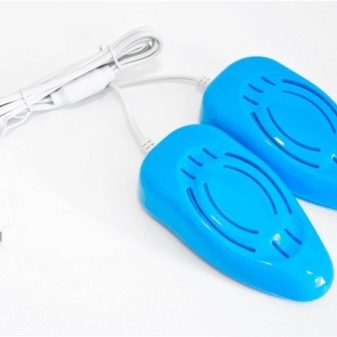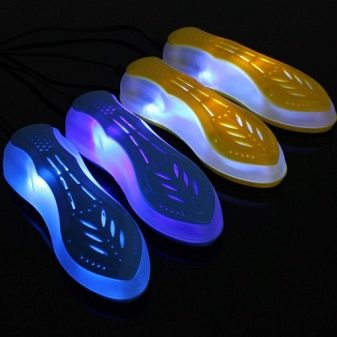Heating-powered shoe dryer options

In wet weather, shoes get dirty quickly and often get wet. Frequent washing can ruin any material if it is not properly dried. There are universal methods and adaptations. However, it is recommended to select the type of drying based on the characteristics of the shoe material.
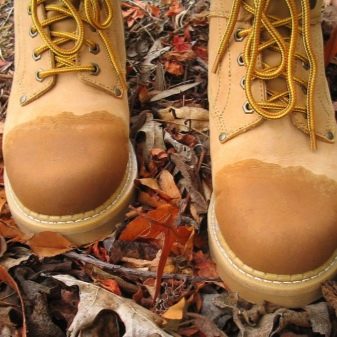

Why can't you dry your shoes on a radiator?
The easiest way is to put the product on a radiator during the heating season, and enjoy the result in the morning. But there will be little joy, because such drying is a great stress for the shoes. It cannot be dried at all with sudden changes in humidity and temperature. This rule is especially critical for leather shoes. The material is simply covered with cracks, through which moisture subsequently gets inside.
Long-term drying on a radiator deteriorates the sole. Cracks just appear on it, it dries out. Also, high temperatures damage glue and seams. As a result, the shoes will get wetter and less heat-retaining.
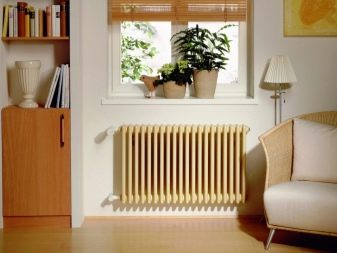
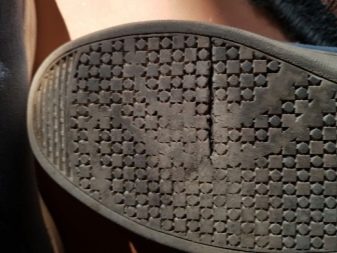
What are dryers?
The modern market offers a large number of shoe products... There are dryers that work from the mains, fit inside the products and dry them gently from the inside. However, this solution is convenient only if your feet get wet during a walk. It will take too long to dry after washing. And here special supports and pipe systems come to the rescue.
Battery shelves
They are usually made of metal, while the more affordable versions are made of plastic. The shelf hangs on the battery and can be positioned at the top, bottom or in front of the radiator... As a result, the shoes are in a rather comfortable place, they do not come into contact with the heat source. This shelf allows you to dry products from any material.


From heating
For drying shoes, a kind of water shelf made of pipes can be used. It works from a heating system or underfloor heating, it is rather difficult to connect it yourself. A good solution for drying your shoes regularly. Looks like an additional radiator.
Such drying also allows you to heat the room.
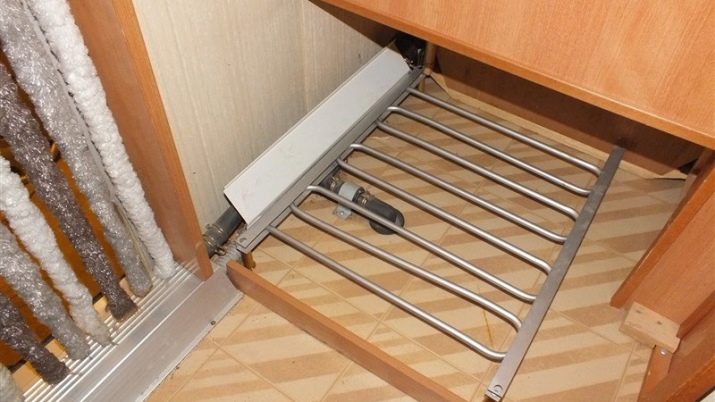
How to dry properly?
The time and characteristics of drying shoes depend on the material. If this characteristic is not taken into account, then the risk of damage is great. The simplest shoe in this matter is rubber. First, you should pull out the insulation, if any. These shoes can be placed near the radiator or on a special shelf, they will not deform.
It is better to dry sports shoes in a special drying or washing machine. However, this can only be done if the manufacturer makes a similar recommendation. Using a tumble dryer will speed up the task significantly. But you cannot dry low-quality shoes like that, they will deteriorate immediately. Place a few towels or other cotton cloth with your sneakers in the drum.
Shoes with light details must be wet beforehand to avoid streaking. Be sure to unlace the sneakers, or it is better to remove the laces altogether. Usually, 1 hour is enough for the shoe to dry in the machine. Shoes with leather soles are designed for indoor use. It happens that it gets wet in the rain anyway, and proper drying is necessary. A special shelf is best suited to provide airflow to the outsole. But it is not worth using drying from heating, heat can badly affect the material.
Suede shoes and boots require particularly reverent handling. They should not be placed near a heat source. Better to leave to dry at room temperature. This rule is especially true if the boots get wet in the rain. After washing, you should use the battery shelves.

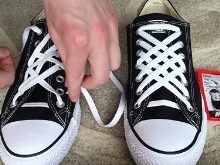

Direct contact with a heat source can damage shoes made of any material. As a result of a sudden change in temperature, the seams and sole deteriorate. This is especially dangerous for glued shoes, but sewn ones are unlikely to remain in their original form.
There are also safe drying methods.
- Newspapers... You just have to crumple them and fill, for example, sneakers. You can also wrap the outer part with newspaper if it is textile. This is a good solution for such capricious materials as suede and membrane. If the shoes are light, then you can replace the newspaper with regular toilet paper, otherwise there is a risk of ink imprinting. After a couple of hours, remove the wet filler and replace with a new, dry one. So the moisture will gradually come out.
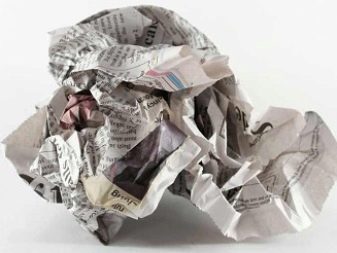
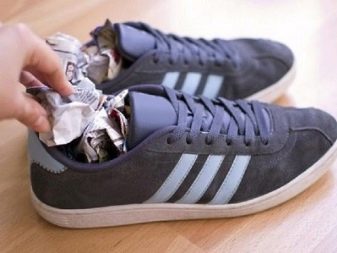
- Common salt. A good solution if you need to dry wet shoes. Heat the salt in the oven or on the stove and pour it into a tight sock. Then the product is placed inside the shoe and distributed as evenly as possible. After the salt has cooled, you can repeat the procedure until it is completely dry.
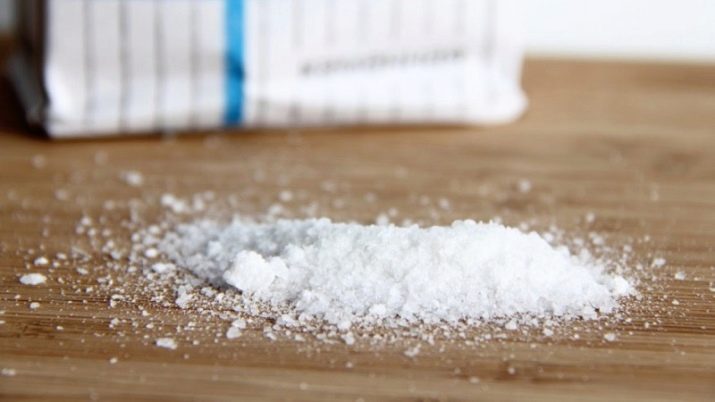
- Silica gel... You just need to put the bags of filler inside the shoe. A good solution even for capricious suede. The bag must be kept for about 2-3 hours, depending on the initial condition. This solution is quite convenient not only at home. Even at work, you can dry wet shoes with silica gel. For reuse, it is necessary to dry the bag of granules on the battery.
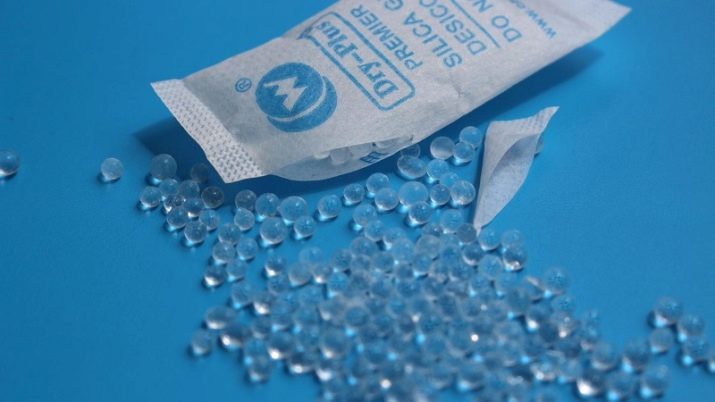
- Vacuum cleaner... Non-standard but interesting solution. You just need to switch the device to the air blowing mode. If this is not possible, then you can use the vacuum cleaner in a standard form of work. In this case, it will be possible to pull out the moisture from the inside. One shoe will take about 15-20 minutes.
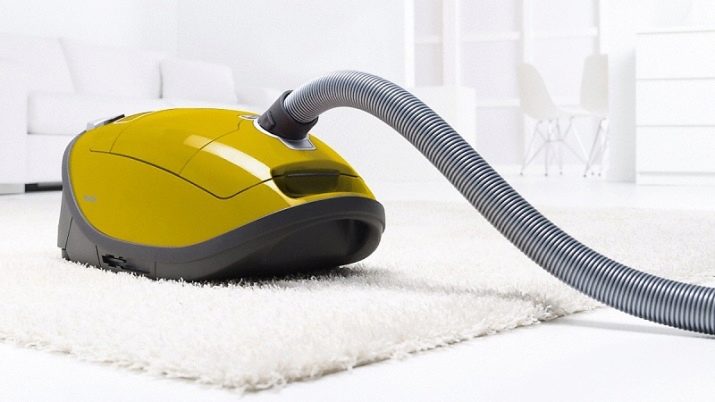
- Electric dryer... The device can have a different look. Liners, UV dryers and blown dryers are very popular. The former allow you to dry washed or wet shoes in 4-5 hours.The insert does not harm the material, but it is important to purchase a quality model. Warm air dryers are small, but versatile. With their help, you can put in order not only shoes, but also gloves, hats. It is important to use the device according to the instructions so as not to harm things. Ultraviolet ones are the most expensive, but also the most interesting models. With their help, you can not only get rid of excess moisture, but also remove the fungus. There are several options for working: from the mains and from the battery.
When choosing a method, you should focus on the features of the shoe. Leather, suede and membrane require more careful handling, but textiles are easy to dry. Damp shoes should be dried immediately so that they do not stay wet for a long time. The main thing is not to put products on heaters or batteries.
